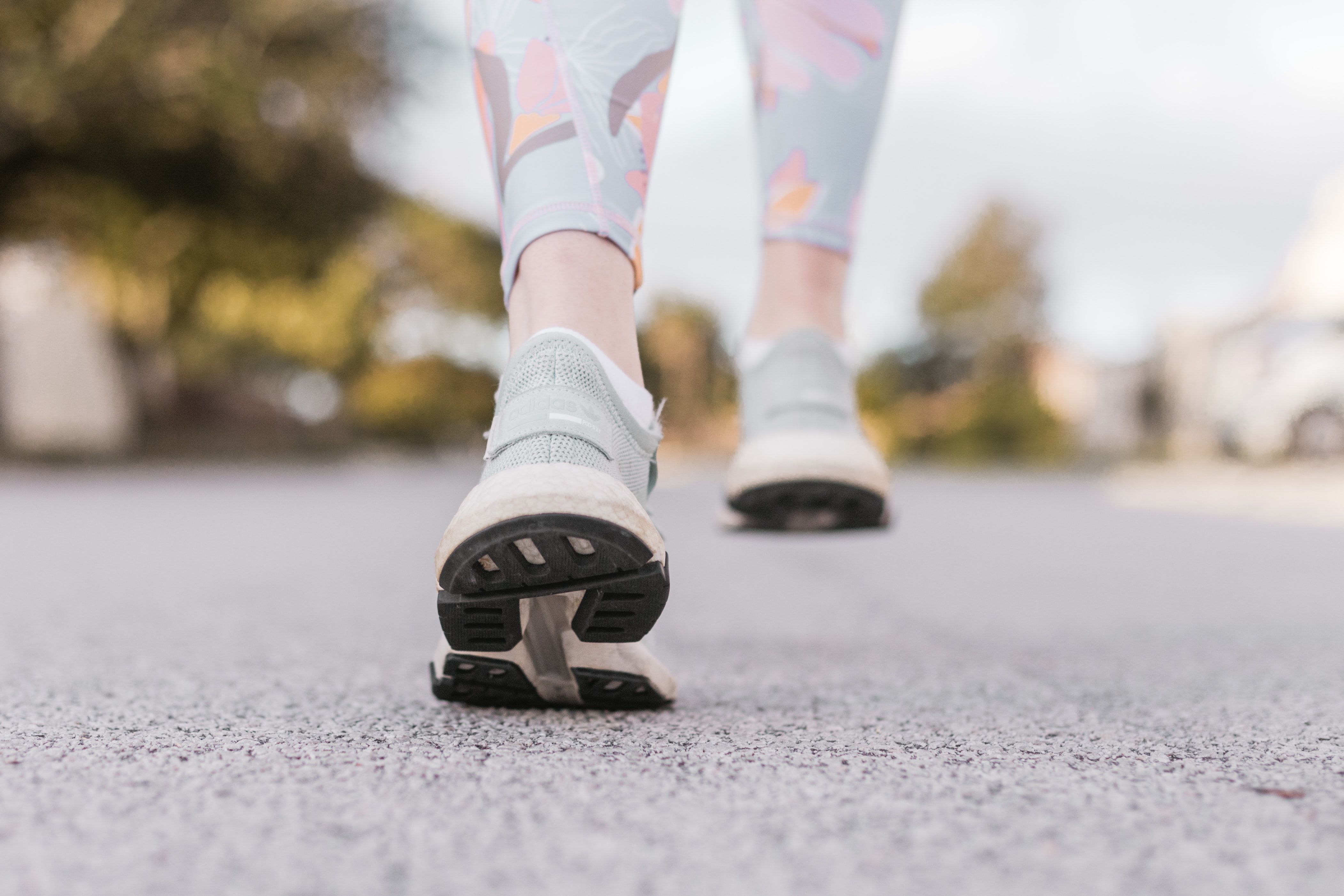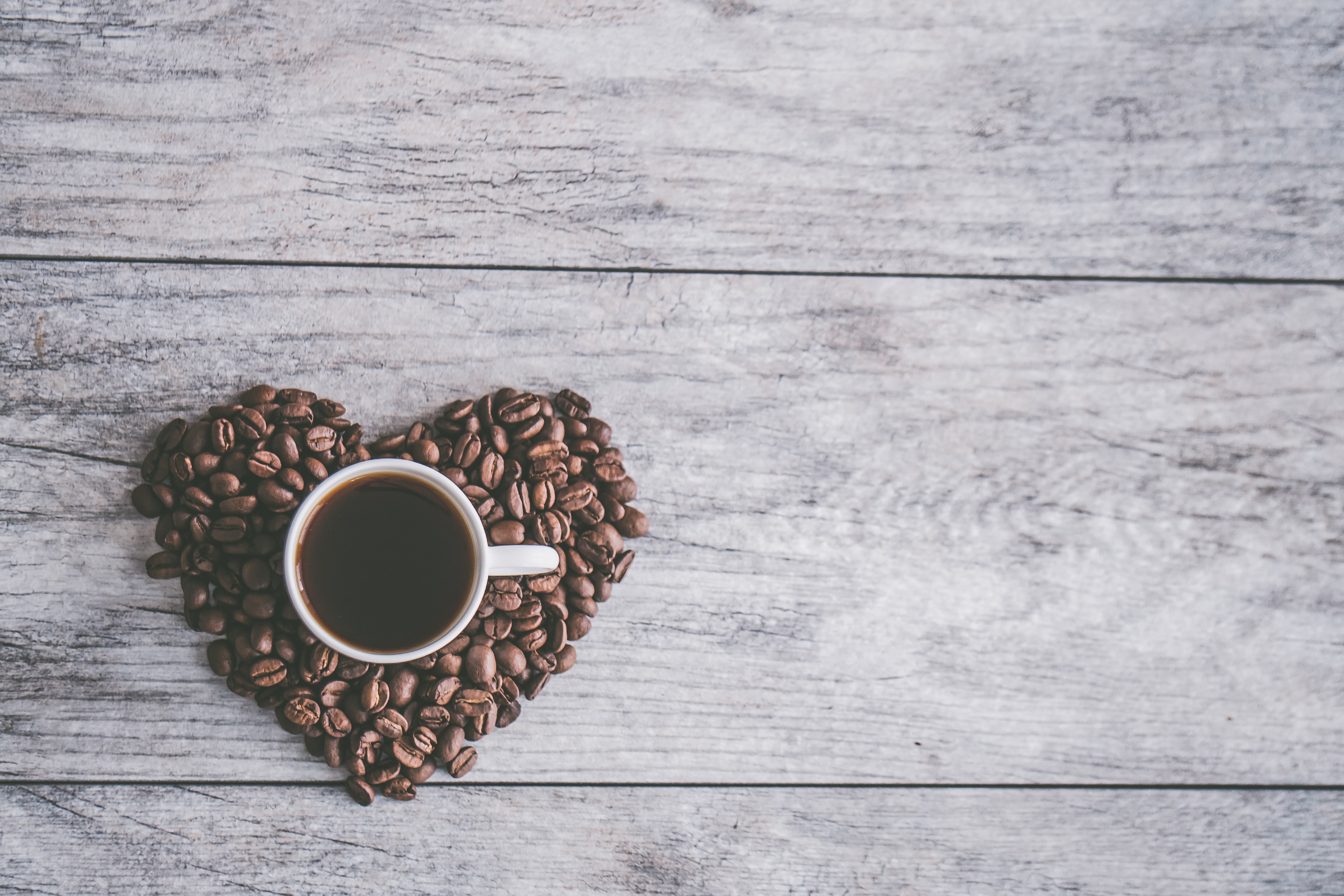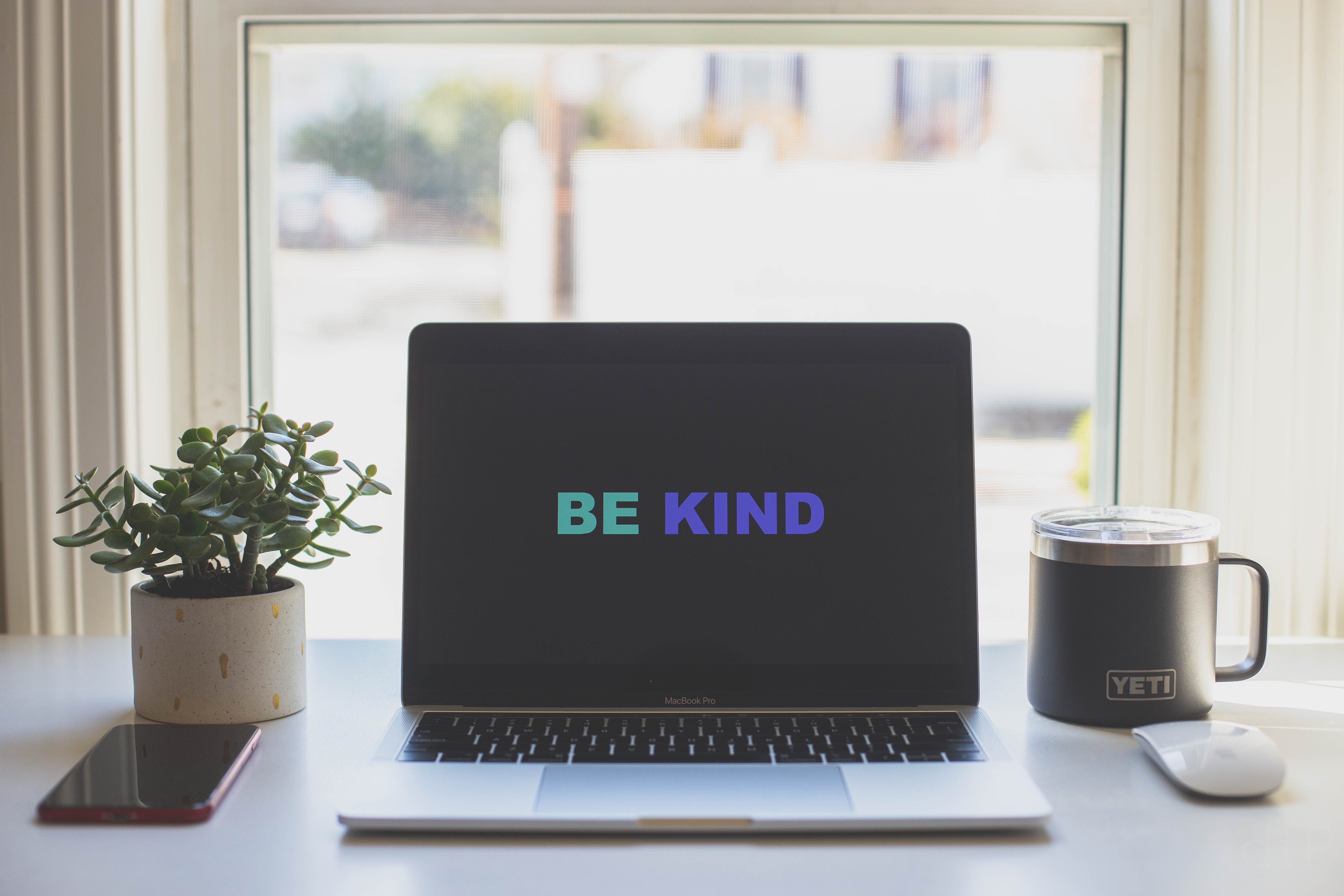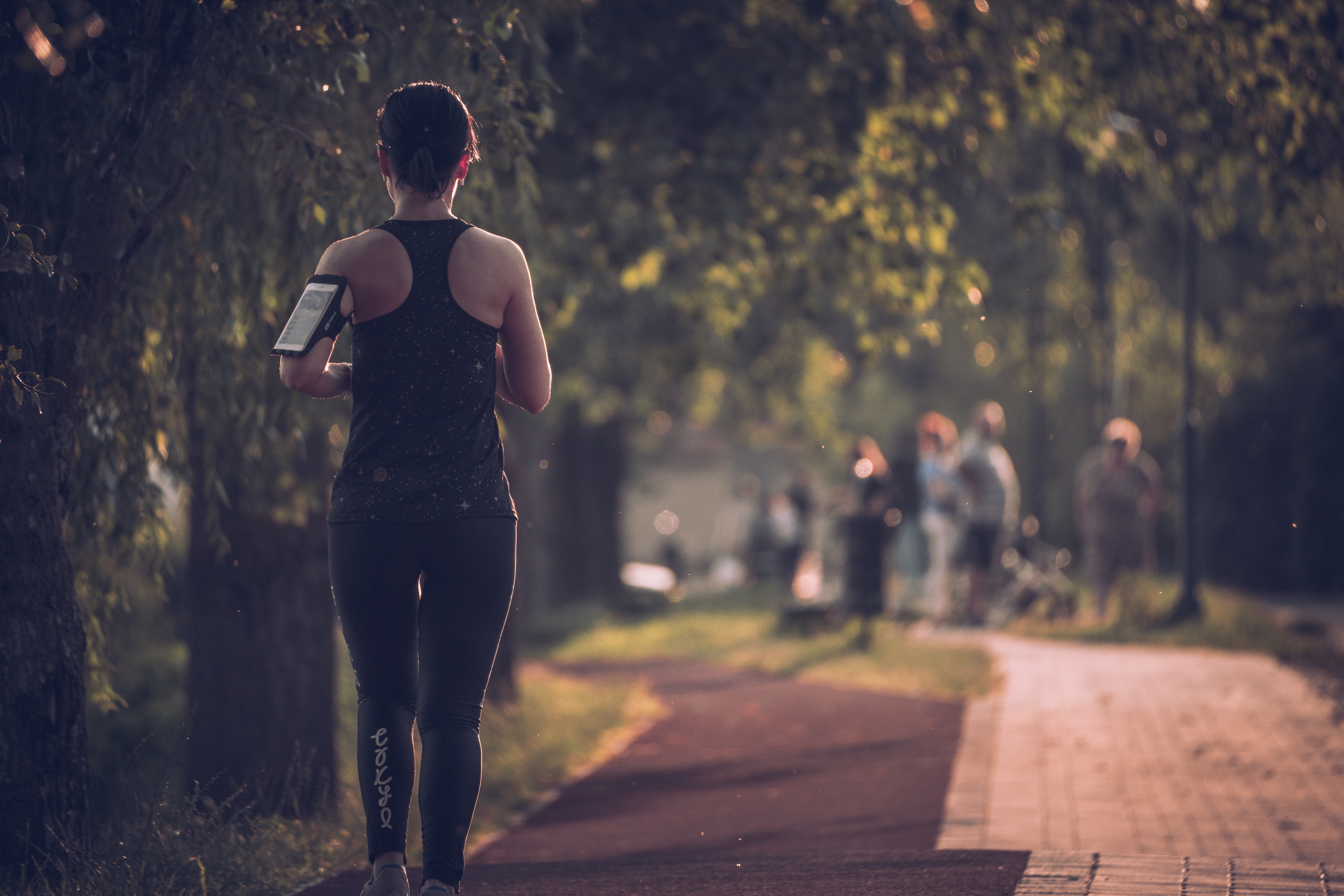 Photo by Sincerely Media
Photo by Sincerely Media
Just about all doctors, every chance they get, will tell their patients to take walks as often and as much as they can. Walking is one of the best exercises we can do for ourselves and has many health benefits. It is worthwhile to look at the mechanics of walking to make sure our walks are as effective as they should be.
Proper walking tips
Good posture-stand up tall with back straight, don’t slouch, slightly tighten your stomach muscles to engage your core, hold your head up straight, shrug your shoulders and let them relax
Let your arms swing naturally with slight elbow bend-opposite arm swing helps to maintain balance
Walk from heel-to-toe. Strike the ground with your heel and roll through to the toes
Wear proper shoes which are comfortable and tie your laces properly
Don’t overstride. Taking a longer step to increase your speed can cause mechanical stress to ankle, knees, and hip joints. You can increase your speed but keep the same walk stride.
Choose the right location, it could be your own neighborhood or nearby park-somewhere convenient so you don’t have to go out of your way and will give your more walk time
Challenge yourself-walking on a flat surface is nice, but going up and down hills will increase cardiovascular benefits
Balance the weight-often, walking to work entails carrying a purse or bag which we often place on one shoulder preferentially. Try to keep things balanced, if you carry the weight of your laptop bag on your right shoulder for 15 minutes, make that conscious attempt to change it to your left shoulder for the next 15 minutes.
 Photo by
Photo by  Photo by
Photo by  Photo by
Photo by  Photo by
Photo by  Photo by
Photo by  Photo by
Photo by  Photo by
Photo by